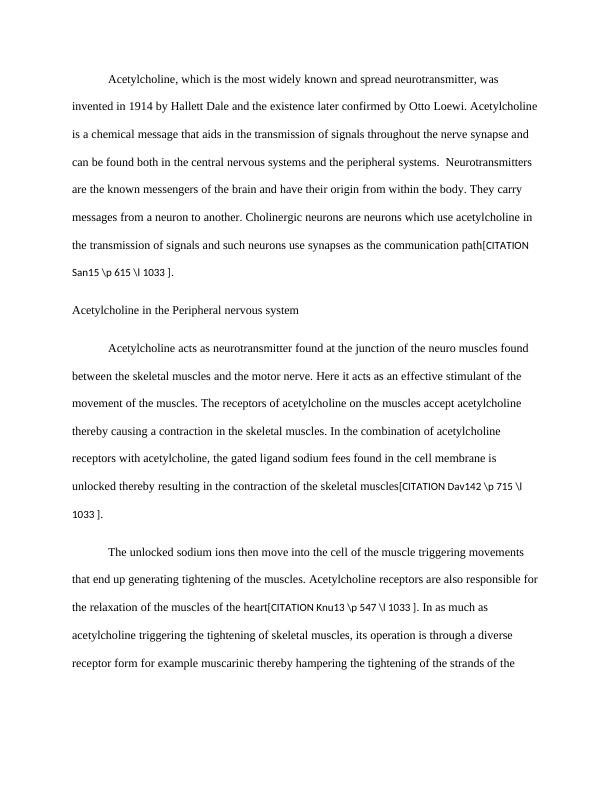Article On Acetylcholine by Otto Loewi
Added on 2020-02-24
3 Pages633 Words48 Views
End of preview
Want to access all the pages? Upload your documents or become a member.
Assessment on Anatomy and Physiology
|38
|7576
|58
Effect of Stimulus Intensity on Skeletal Muscles
|7
|1294
|95
Neuromuscular Junction Nerve Vs Muscle
|16
|3580
|85
Functions and Roles of the Nervous System
|12
|2380
|459
Experimental Investigation of the Physiological Properties of Skeletal Muscle
|12
|1910
|115
Classes of Neurons and Neuroglia in CNS: Structure, Function, and Associated Diseases
|9
|1919
|495

